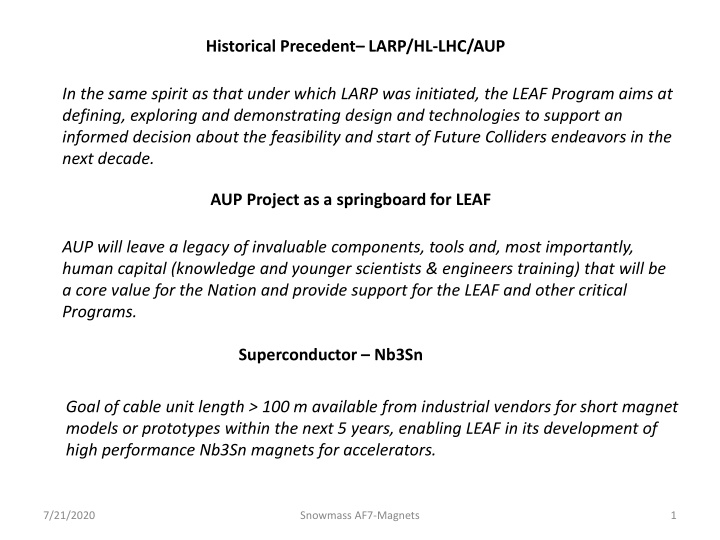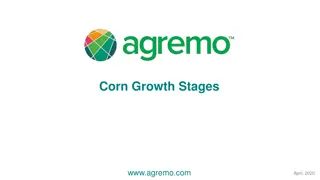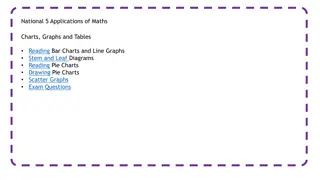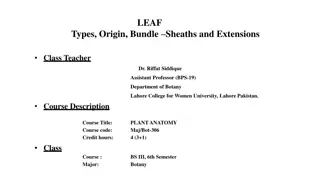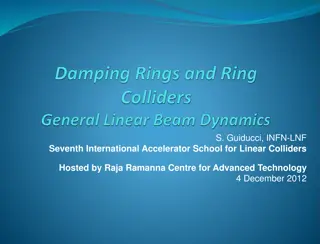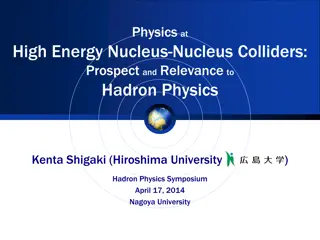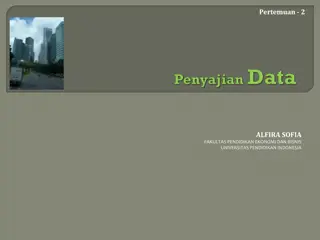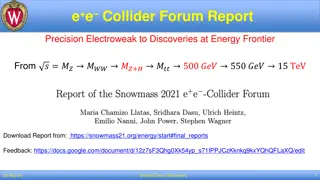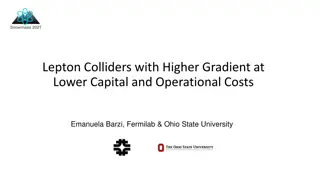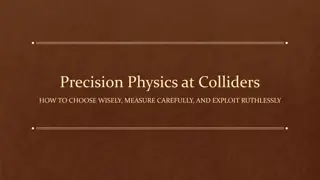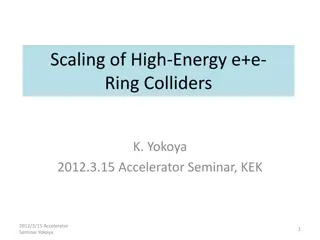Future Colliders Program - LEAF Initiative Overview
LEAF Program aims to define, explore, and demonstrate technologies for future collider endeavors. It focuses on developing high-performance Nb3Sn and HTS magnets for accelerators, fast ramping magnets, and industrialization processes. The program seeks to build invaluable components, tools, and human capital for national benefit and collaboration in leading-edge magnet technology.
Download Presentation

Please find below an Image/Link to download the presentation.
The content on the website is provided AS IS for your information and personal use only. It may not be sold, licensed, or shared on other websites without obtaining consent from the author.If you encounter any issues during the download, it is possible that the publisher has removed the file from their server.
You are allowed to download the files provided on this website for personal or commercial use, subject to the condition that they are used lawfully. All files are the property of their respective owners.
The content on the website is provided AS IS for your information and personal use only. It may not be sold, licensed, or shared on other websites without obtaining consent from the author.
E N D
Presentation Transcript
Historical Precedent LARP/HL-LHC/AUP In the same spirit as that under which LARP was initiated, the LEAF Program aims at defining, exploring and demonstrating design and technologies to support an informed decision about the feasibility and start of Future Colliders endeavors in the next decade. AUP Project as a springboard for LEAF AUP will leave a legacy of invaluable components, tools and, most importantly, human capital (knowledge and younger scientists & engineers training) that will be a core value for the Nation and provide support for the LEAF and other critical Programs. Superconductor Nb3Sn Goal of cable unit length > 100 m available from industrial vendors for short magnet models or prototypes within the next 5 years, enabling LEAF in its development of high performance Nb3Sn magnets for accelerators. 7/21/2020 Snowmass AF7-Magnets 1
Superconductor HTS The LEAF Program will direct the conductor development toward usage in large bore, high field 4-16 T muon capture solenoids, fast cycling magnets and very high field, 15-20 T, large bore, hybrid IR quadrupole magnets. Solenoid-like and Flat-Cable Magnets Scale-up of HTS magnets based on flat-cable technology will need a dedicated effort such as the LEAF Program as the magnet length scaling requires resources that go well beyond, for example, the MDP level of funding. High Field MR and IR Magnets Models and prototypes for HF MR and IR Magnets will have to be tailored to the final design on the Collider under consideration and are a natural elements of the LEAF Program. 7/21/2020 Snowmass AF7-Magnets 2
Fast Ramping Magnets Construction and power test a long prototype magnet as required for a muon accelerator and the initiation of a possible industrialization process can be entertained under the LEAF Program umbrella Facilities and Technical Support All the National Laboratories involved in the DOE HEP efforts for leading edge magnet technology bring to the effort world class facilities and exceptional know- how supported by the funding agencies investments in the last ~40 years. The LEAF program will benefit - and contribute to these national resources. Opportunities for Synergy and Collaboration Sinergy and collaborative efforts will be an integral part of the LEAF Program 7/21/2020 Snowmass AF7-Magnets 3
Industrialization The LEAF Program will improve the probability of success for the final industrialization by relying on approaches for final D&D and prototyping similar to those mentioned above. 10 year plan Based on proponents experience and adjusting for inflation from LARP times, a ~10- years program at the level of ~25-30M$/year would enable a large fraction of LEAF Conclusion Based on proponents experience and adjusting for inflation from LARP times, a ~10- years program at the level of ~25-30M$/year would enable a large fraction of LEAF 7/21/2020 Snowmass AF7-Magnets 4
Cost Reduction [MWP3] After the 2013 Snowmass, the successful completion of the LARP program, the ongoing production of HL-LHC IR quadrupoles (by AUP and CERN) and other achievements, have created a novel opportunity. At this time, we can start a program aiming at significant cost reduction of Nb3Sn accelerator magnets, starting from the 12-14 T field range. This program will also develop materials and process, it will build tools and know-how that will help reducing cost for higher field ranges using Nb3Sn conductor. A directed R&D program with this goal is presented in [MWP3] with a 6 8 year duration at 5-7 $M/year cost. This program may be included in the LEAF program or it can be a Directed R&D program by itself given its very specific goal. 7/21/2020 Snowmass AF7-Magnets 5
